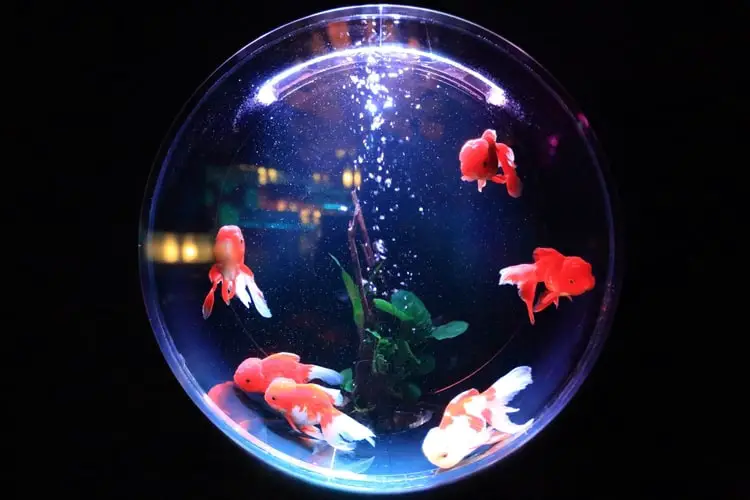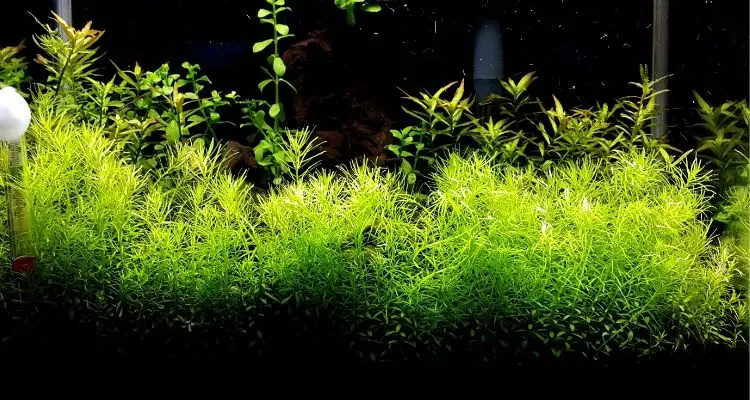
Aquarists know that cycling a new tank is obligatory. You have to go through the process of cycling whether you want to or not.
Aquarists can cycle their aquariums in various ways with higher efficiency or faster results. For instance, you can have a fish cycle or fishless cycle; you can branch further into more division from these two.
This article will discuss the fishless cycle—a fishless cycle using a popular product called Seachem Stability.
What is a fishless cycle?
Before telling you what a fishless cycle is, I should probably define the term ‘cycle.’
A cycle is a process through which bacterial colonies are established in a fish tank. The bacterial colonies are crucial in the breakdown of nitrogenous toxins during the nitrogen cycle. The toxins, e.g., ammonia and nitrates, are harmful to fish’s health and stressful to fish at low concentrations. The established bacteria are referred to as beneficial bacteria.
In aquariums, uneaten foodstuff, fish bio-waste, and other organic matter decay to release ammonia. The first type of beneficial bacteria, if present, will instantly pounce on the ammonia, consequently turning it into nitrites, equally harmful in its own right. The second batch of the bacterial colonies will work on nitrites as soon as it’s released. Nitrates are the products of this work.
Nitrates are usually taken out through water changes as the bacteria needed to break them down survive in low oxygenated environments only. Unless anaerobic bacteria are accounted for with an appropriate space in the aquarium, water changes will be needed to lower the nitrate level.
Fish can die if placed in environments with accumulated levels of nitrogenous toxins. Even at low concentrations, fish will be stressed, thus effectively lowering their immunity or, at least, appetite for food. It is with this reason in mind that many aquarists like to cycle tanks with no fish present.

A fishless cycle is the process of cycling an aquarium in the absence of fish. It is the preferred way of cycling as it spares fish some trouble during spikes of toxins; and the aquarist from the pressure of keeping fish alive and healthy through the whole cycle. Experienced fishkeepers are more likely to cycle a tank full of fish due to their expertise and skill.
A fishless cycle can take months to end. Food crumbs will only go so far in encouraging the natural growth of bacterial colonies. Is there a way you can jumpstart the cycling process? Yes, there is. I think it is time I cue in Seachem stability!
Seachem stability, Say what?!
Yes, seachem stability. In layman’s terms, Seachem Stability is inactive beneficial bacteria in a bottle. Instead of having to grow bacteria organically, you are introducing bacteria into the tank for faster colonization.
Seachem stability is just the first part of the equation. Beneficial bacteria need subsistence to survive and grow. You have to provide food to keep them alive.
Ammonia is what you should be thinking of. Where are you going to get a steady supply of ammonia? As of now, we know that decayed matter releases ammonia. Therefore, dropping in a crumb or two of food into the aquarium should sort that out. Add crumbs of food daily until you starting getting ammonia reading.
If you want to eliminate the time taken for the organic substances to decay, you can always acquire ammonia solutions, like ammonium chloride, to directly add into the tank. It is faster food for the bacteria which means your tank will need less time for the bacteria to colonize.
The amount of ammonia solution you add into the tank will depend on its concentration. Usually, a minute volume is needed per day to suffice. Ensure you check out the user instructions on the product to learn more about the specifics of its usage.
To cut the long story, you are adding bacteria into the tank. Bacteria will need food to survive and thrive. Hence, we provide ammonia to cater to this.
Dosage of Seachem stability.
How long should you use seachem stability? Well, the recommended time is seven days of a capful of stability for every 20 gallons (80 liters) of water in your tank.
If you are worried about overdosing your tank with ammonia and hence bacteria, don’t be! You can never have enough beneficial bacteria in your tank. Besides, excess bacteria will die off to eventually balance out all the factors once the cycle is complete.

Some tips to keep in mind
The entire cycle will take about three weeks to finish on average. During that period, you should keep the following in mind:
- The conditions in your tank should be favorable to bacterial growth. You should closely monitor parameters like pH and temperature to keep them stable and ideal. Use a de-chlorinator if your water contains chlorine or chloramine.
- In cycles, you should expect spikes in ammonia and nitrites. Since you have a fishless cycle, don’t try to mitigate the spikes. Let the bacteria take care of it naturally unless a foul smell is released. In that case, you can perform a 10% to 15% water change to tone the smell down.
- You should turn off ultraviolet lights during the cycling period. The lights can kill bacteria. You can relight your aquarium after significant bacterial colonization.
- The cycle will be complete once you test zero ppm for both ammonia and nitrates. You can introduce fish with some caps of stability to counter the added bioload.
Conclusion
I hope this post helped you better understand a fishless cycle and how to use seachem stability. If you have any questions or want more information, let me know in the comments below!